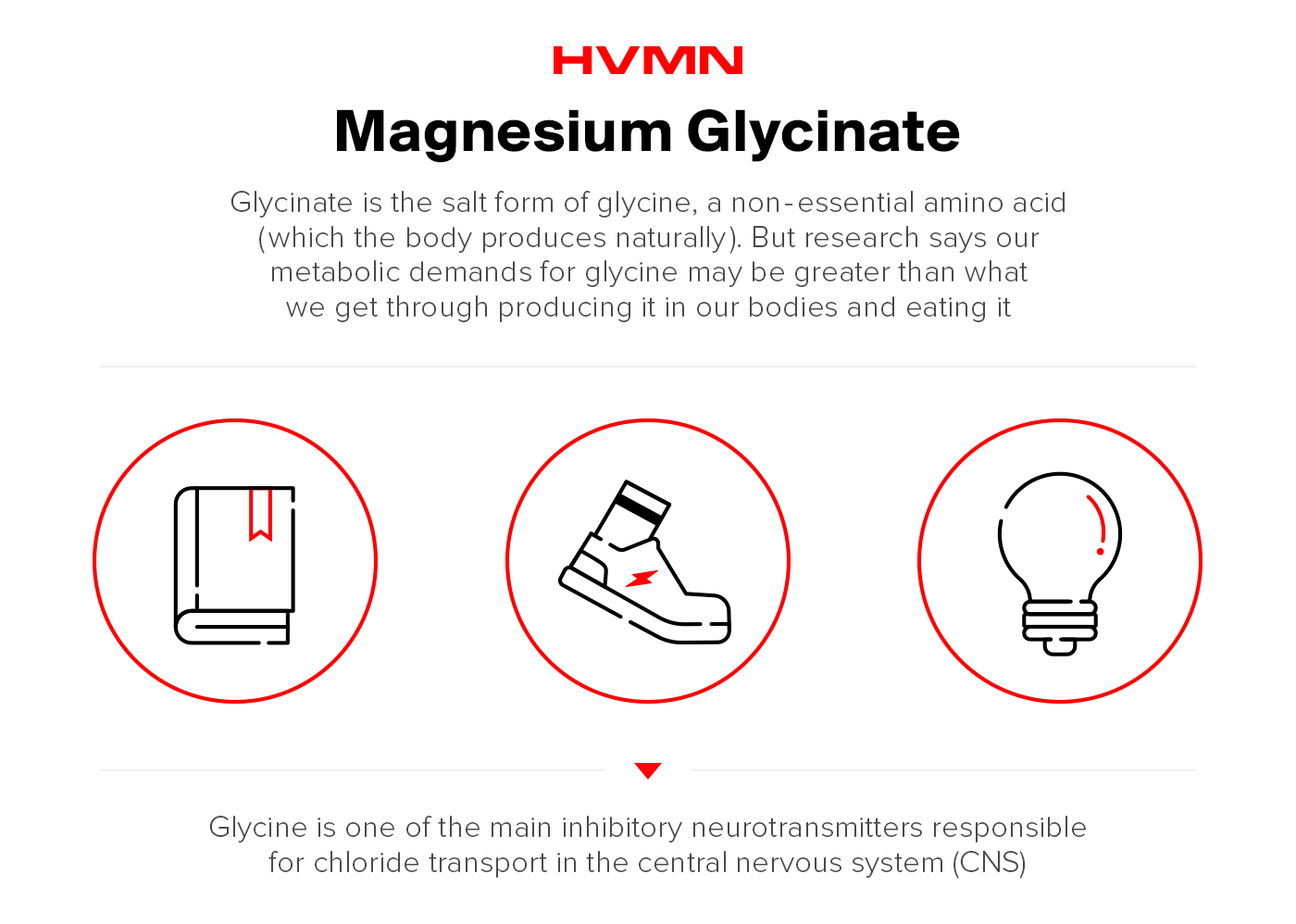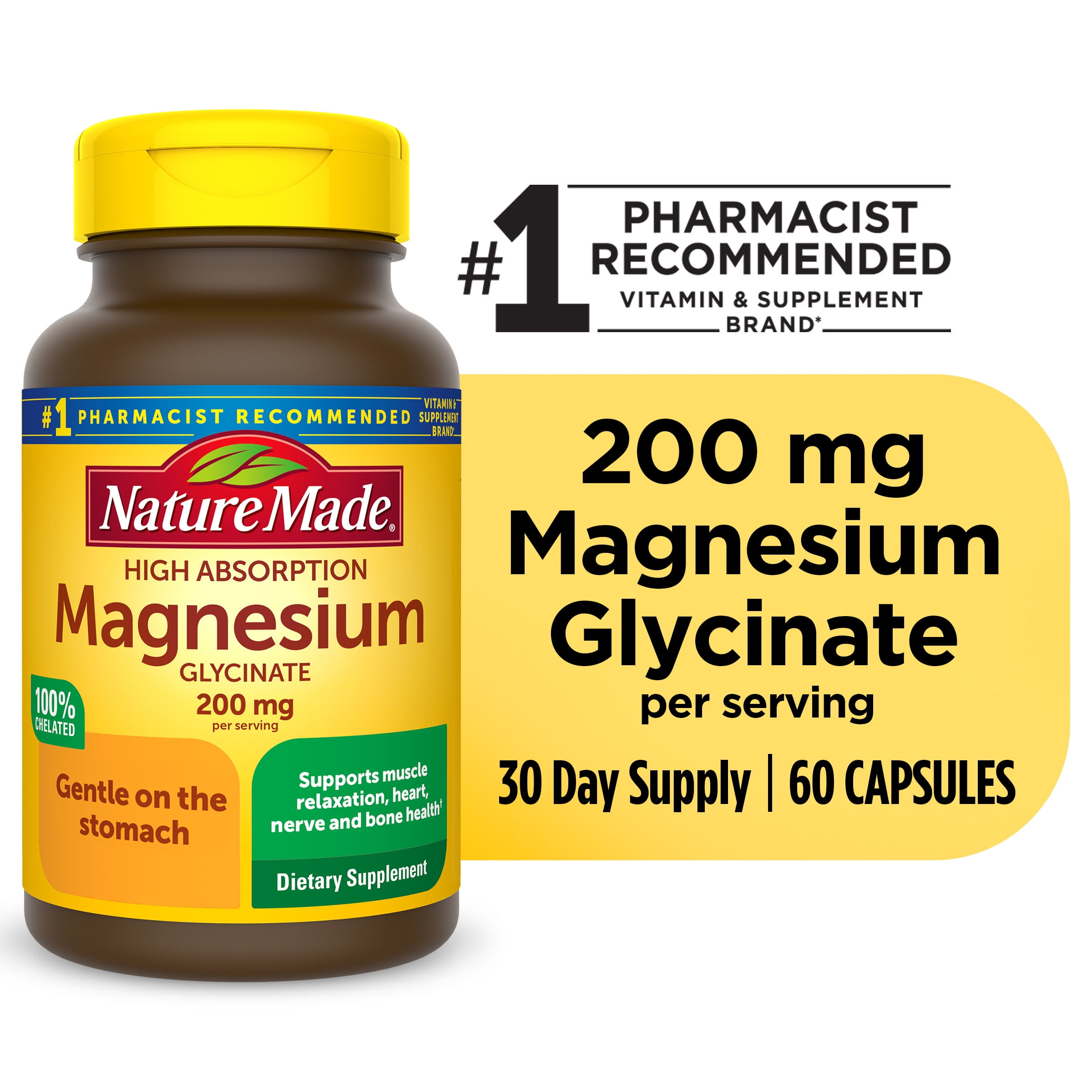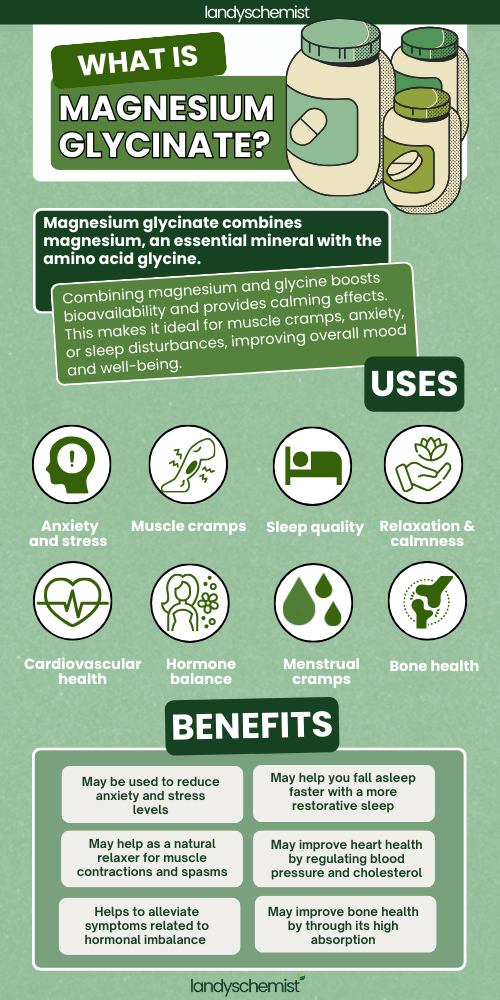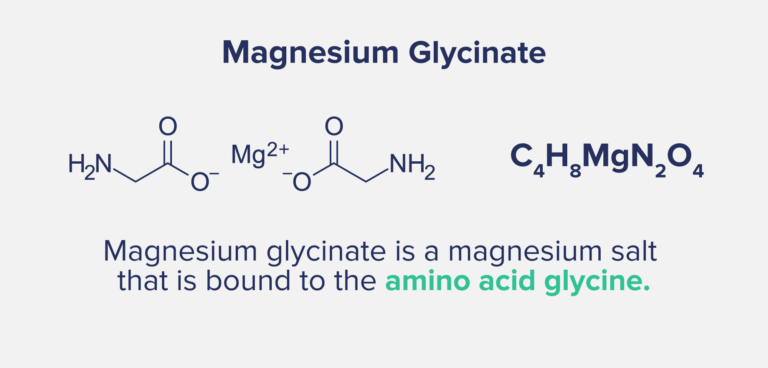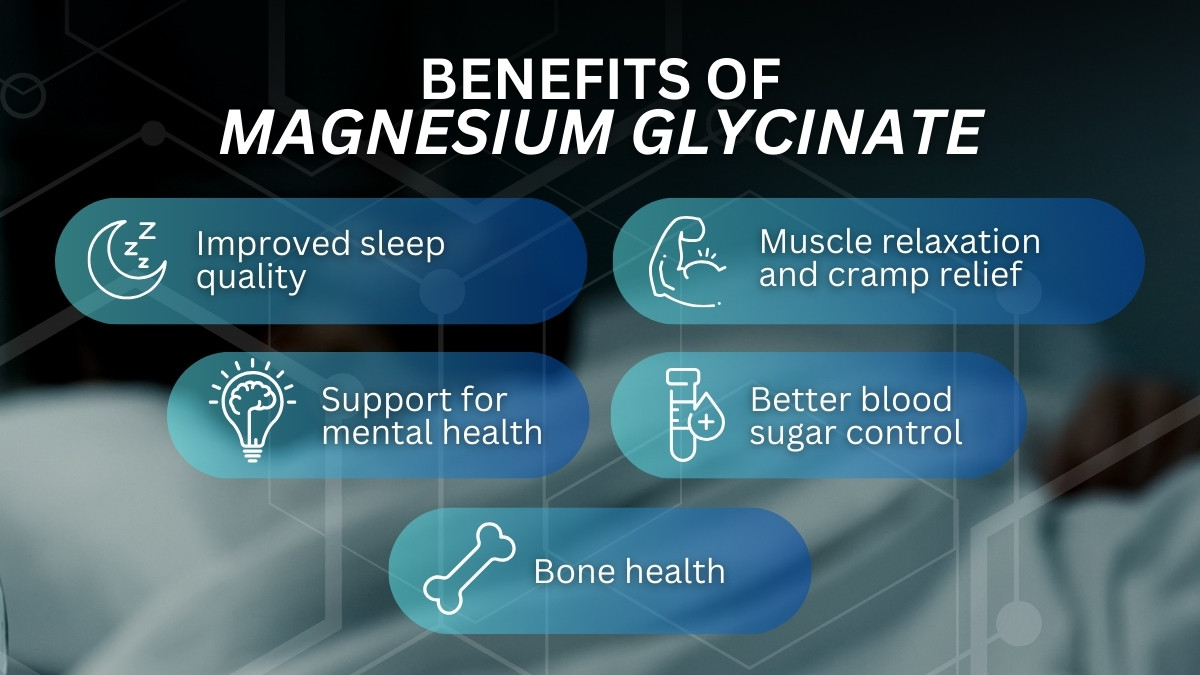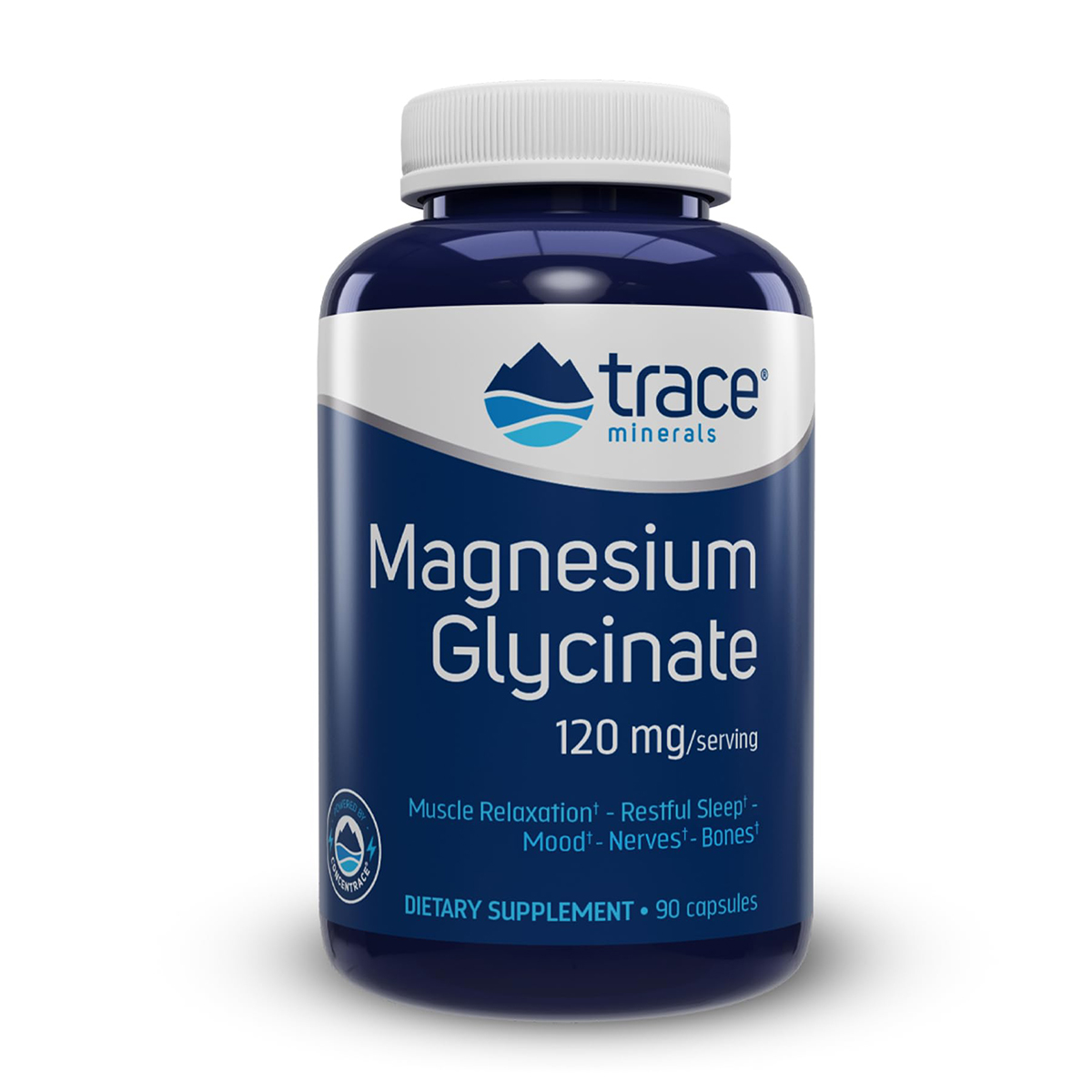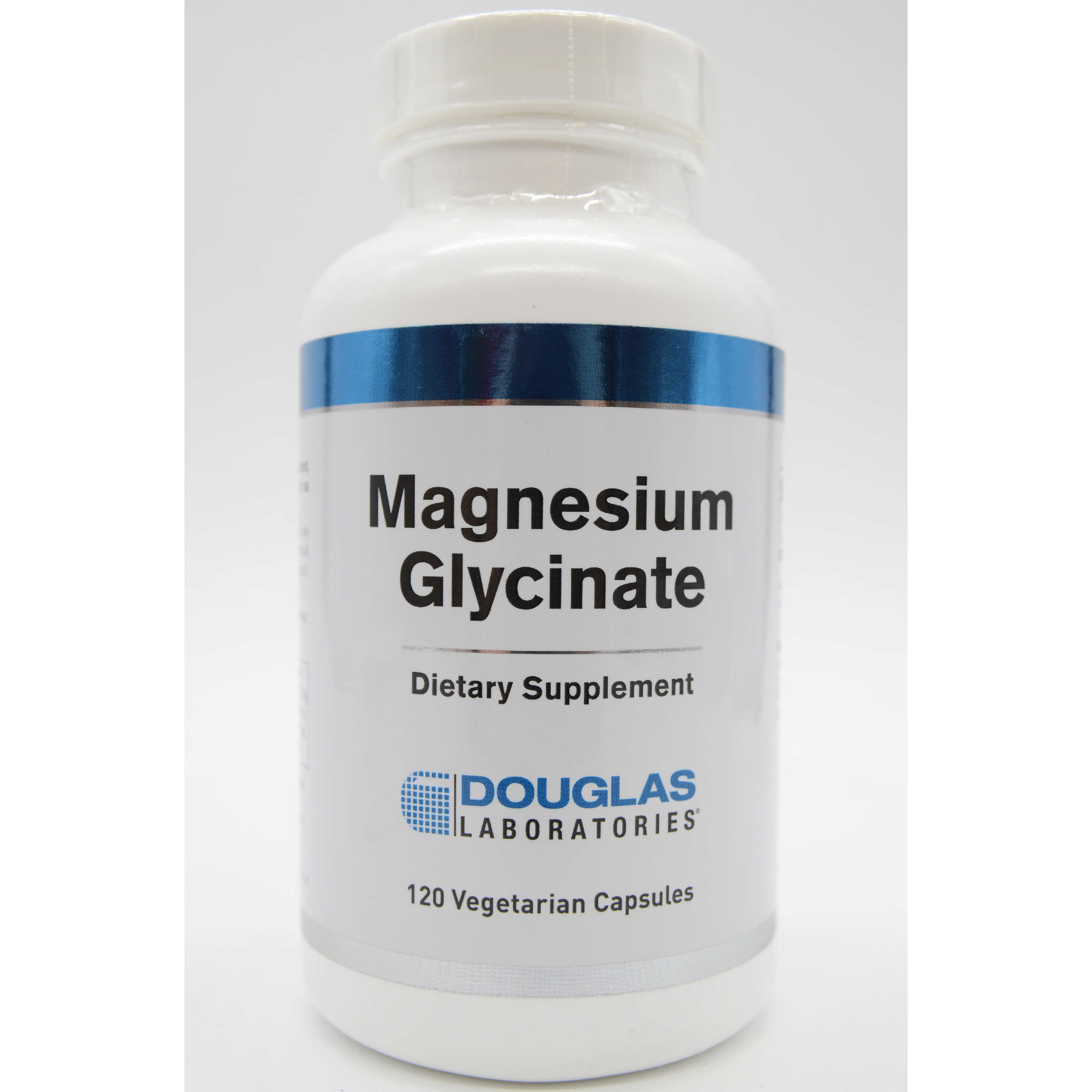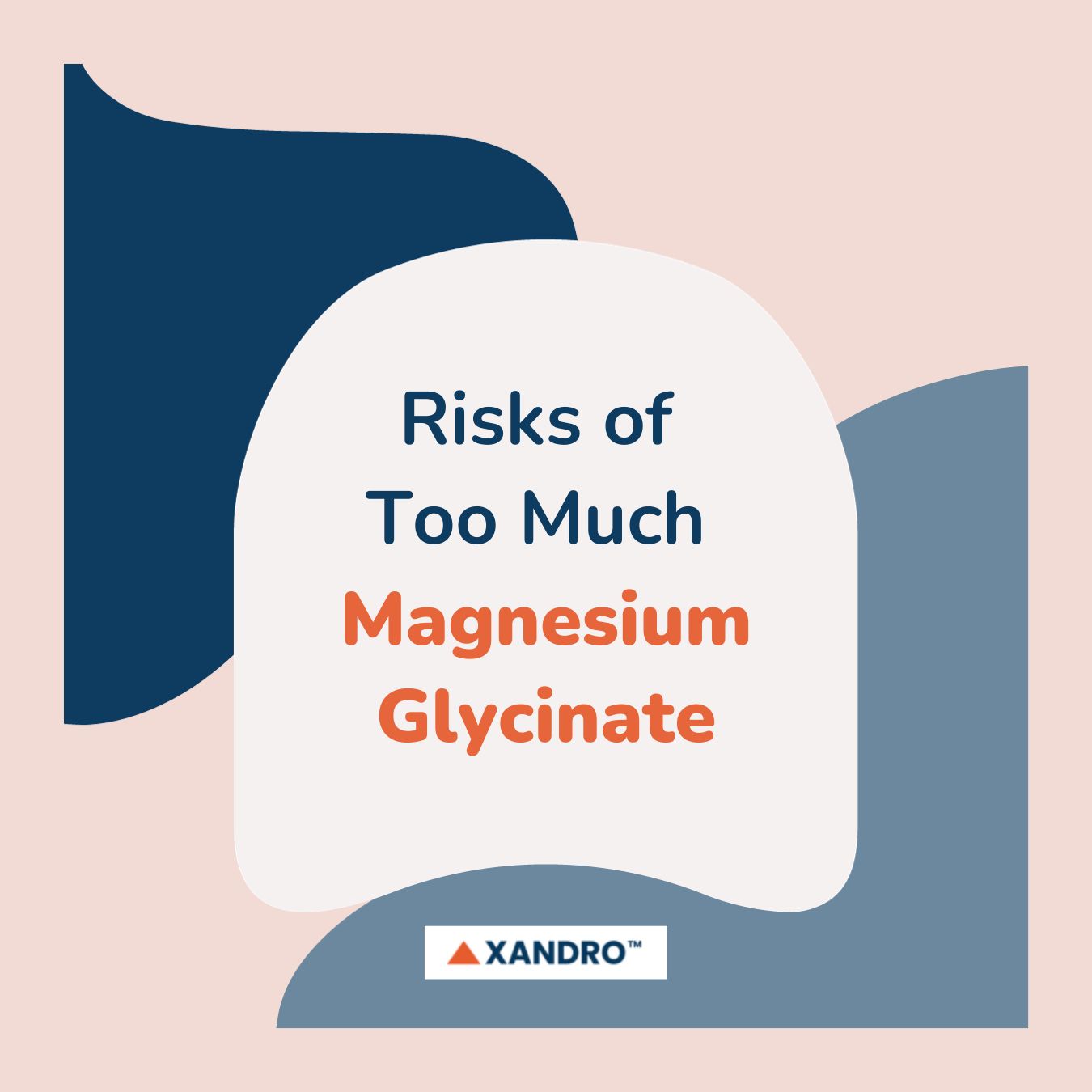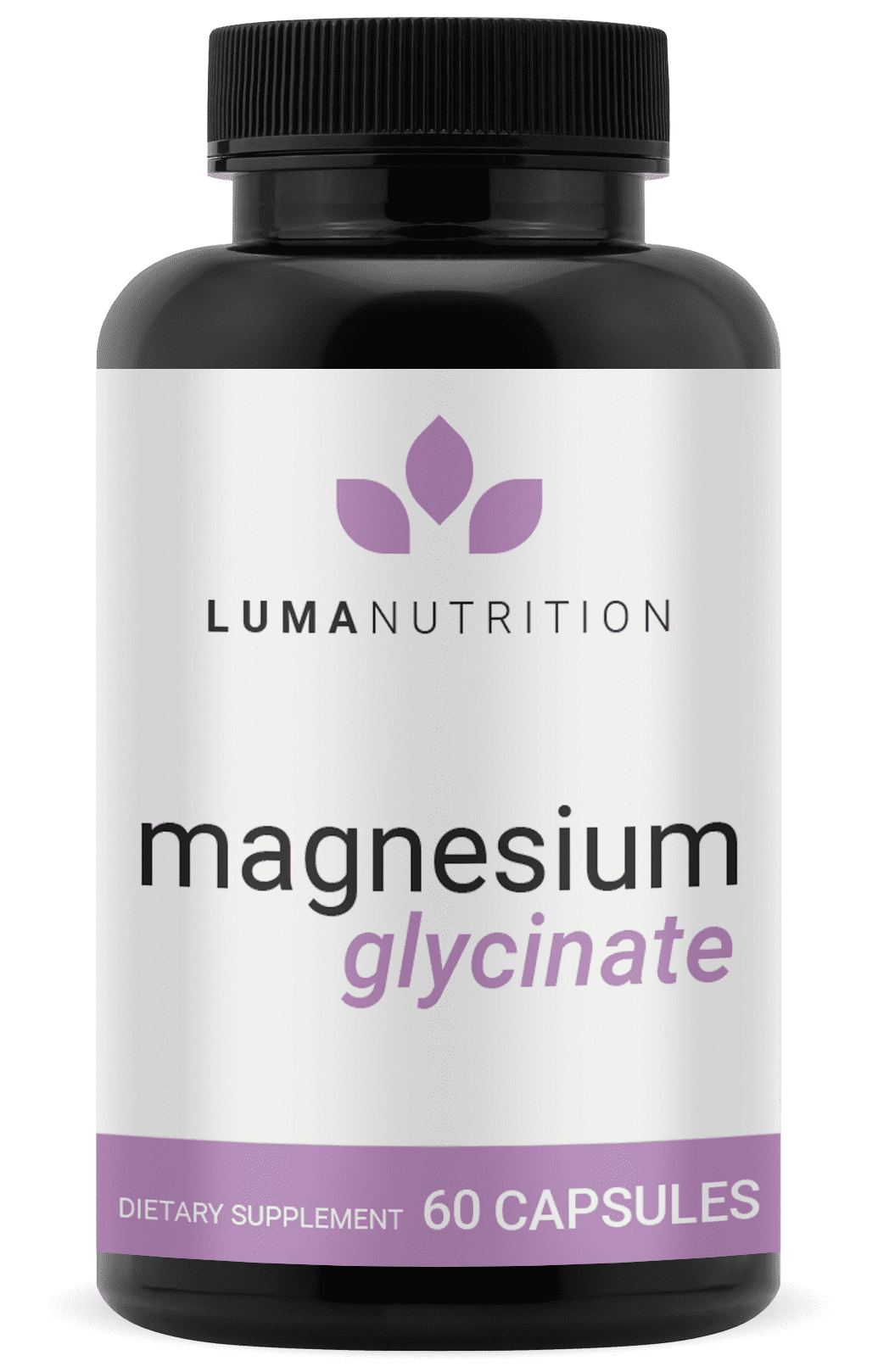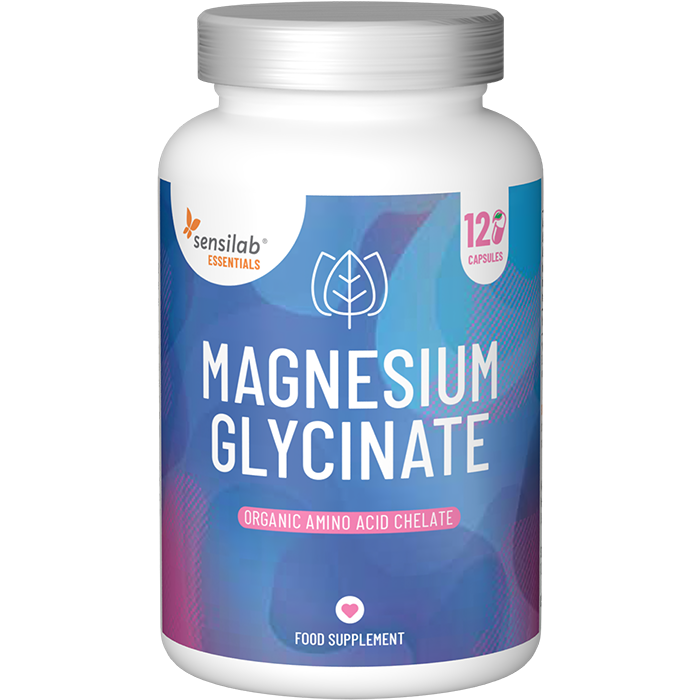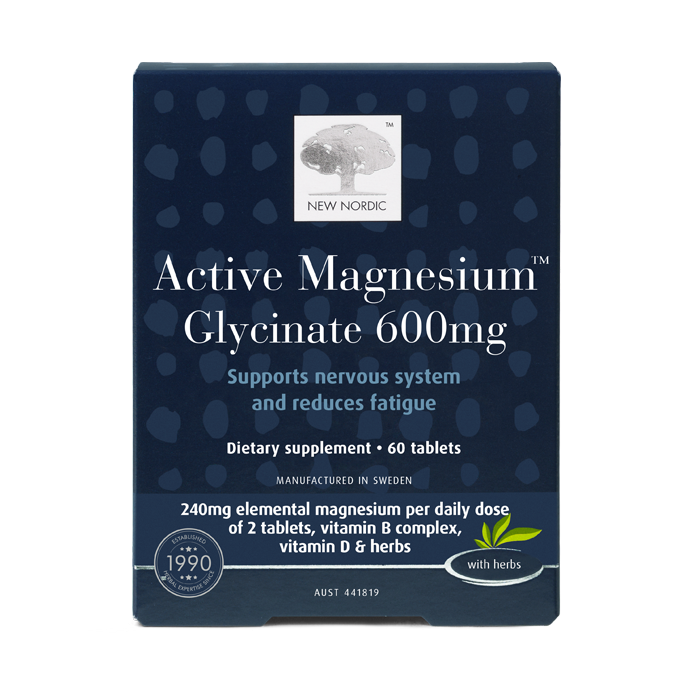How Much Glycine Is In Magnesium Glycinate
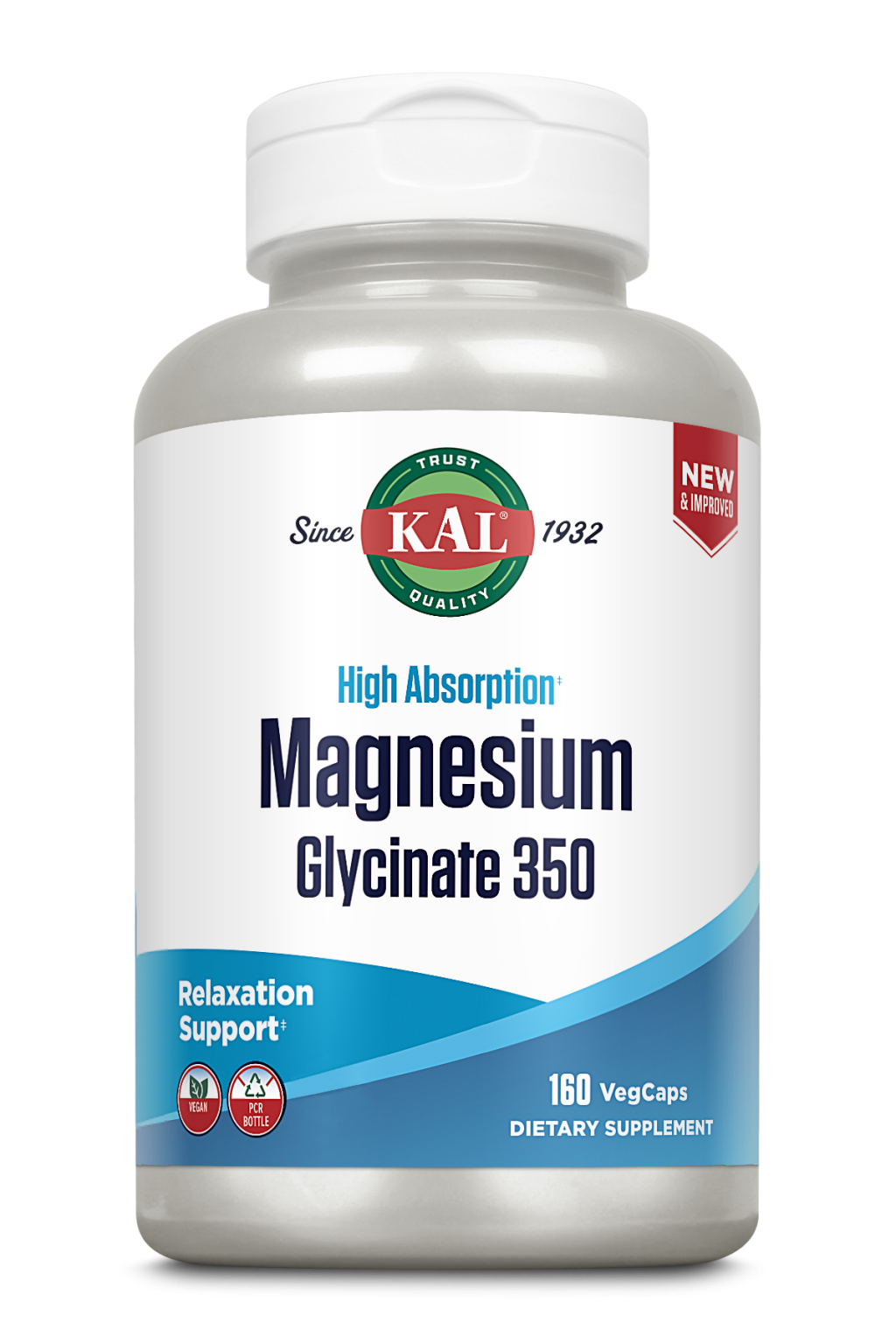
The popularity of magnesium glycinate as a dietary supplement has skyrocketed, fueled by claims of improved sleep, reduced anxiety, and enhanced muscle relaxation. However, a critical question lingers: how much glycine, the amino acid component, is actually present in these supplements? This seemingly simple question has surprisingly complex answers, impacting consumers' understanding of dosage and potential benefits.
Understanding the glycine content of magnesium glycinate is crucial for several reasons. It allows consumers to make informed decisions about dosage, anticipate potential benefits linked to glycine itself, and critically evaluate marketing claims made by supplement manufacturers. This article delves into the complexities of determining glycine content, examines the variability across different products, and explores the implications for consumer health and supplement regulation.
The Chemistry of Magnesium Glycinate
Magnesium glycinate, also known as magnesium bisglycinate, is a chelated form of magnesium. This means that magnesium is bound to two molecules of the amino acid glycine.
The chelation process is designed to improve magnesium's bioavailability, meaning the body can absorb it more efficiently. This improved absorption is a key reason why magnesium glycinate is often preferred over other forms of magnesium.
The molecular formula for magnesium glycinate theoretically suggests a specific ratio of magnesium to glycine. However, the actual ratio in commercially available supplements can vary due to manufacturing processes and quality control measures.
Variability in Glycine Content
Determining the precise glycine content in magnesium glycinate supplements is not straightforward. There isn't a universal standard for manufacturing or labeling, leading to significant variability between brands and even different batches from the same brand.
Several factors contribute to this inconsistency. These include the specific manufacturing process used, the purity of the raw materials, and the accuracy of the testing methods employed to verify the final product's composition.
Some manufacturers provide detailed information about the composition of their magnesium glycinate, including the amount of elemental magnesium and the approximate glycine content. Others provide only the total weight of the magnesium glycinate compound.
Decoding Supplement Labels
Consumers need to carefully examine supplement labels to glean information about glycine content. Pay attention to serving sizes and the amount of magnesium glycinate per serving.
Look for labels that explicitly state the amount of elemental magnesium present. This is the actual amount of magnesium your body will absorb.
Unfortunately, most labels do not directly state the glycine content. Consumers often need to contact the manufacturer directly or consult third-party testing reports to obtain this information.
Third-Party Testing and Certification
To ensure quality and accuracy, consumers can seek out magnesium glycinate supplements that have been independently tested by third-party organizations. Organizations like USP, NSF International, and ConsumerLab.com conduct independent testing to verify supplement quality, purity, and potency.
These organizations assess whether the supplement contains the ingredients listed on the label and whether it meets certain quality standards. Look for seals of approval from these organizations on the product packaging.
It is crucial to remember that third-party certification is not mandatory. However, it offers an extra layer of assurance for consumers concerned about product quality and accurate labeling.
Estimating Glycine Content
In the absence of explicit glycine content information on the label, consumers can attempt to estimate the amount of glycine based on the molecular weight of magnesium glycinate. Remember, this is only an estimation.
The formula suggests that approximately 86% of the magnesium glycinate molecule is glycine and around 14% is magnesium. This is a theoretical calculation.
However, this calculation assumes a perfectly formed and pure molecule of magnesium glycinate, which may not always be the case in commercially available supplements. This approximation should be used cautiously.
Implications for Health and Dosage
The glycine content of magnesium glycinate is relevant for several reasons. Glycine itself has various health benefits, including promoting sleep, reducing anxiety, and supporting collagen production.
If a person is taking magnesium glycinate primarily for the magnesium benefits, a precise understanding of the glycine content might be less critical. However, for those specifically seeking glycine's benefits, the dosage becomes crucial.
It’s important to consult a healthcare professional or registered dietitian to determine the appropriate dosage of both magnesium and glycine for individual needs. Self-treating with supplements can be risky.
Regulatory Landscape and Future Directions
The lack of standardized labeling requirements for supplements presents a challenge for consumers. The FDA regulates supplements, but oversight is less stringent compared to pharmaceuticals.
Increased transparency and standardization in the supplement industry would benefit consumers. This includes clearer labeling requirements, standardized testing protocols, and stricter enforcement of regulations.
Looking forward, advancements in analytical testing methods may improve the accuracy of glycine content determination. This could lead to more transparent and reliable product labeling.
Ultimately, consumers must be proactive in researching and selecting magnesium glycinate supplements from reputable manufacturers. Seeking third-party certifications and consulting healthcare professionals are essential steps to ensure safety and efficacy.
While magnesium glycinate remains a popular choice for magnesium supplementation, understanding the nuances of glycine content is key to making informed decisions and optimizing potential health benefits. Further research and stricter regulations are needed to enhance transparency and empower consumers.

